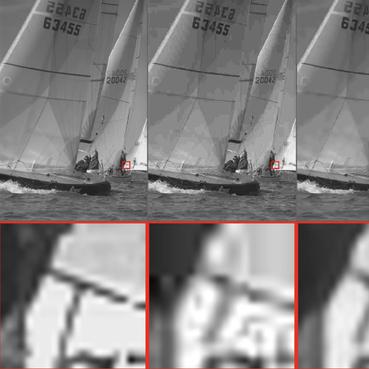Precipitation Downscaling with Spatiotemporal Video Diffusion
In climate science and meteorology, high-resolution local precipitation (rain and snowfall) predictions are limited by the computational costs of simulation-based methods. Statistical downscaling, or super-resolution, is a common workaround where a low-resolution prediction is improved using statistical approaches. Unlike traditional computer vision tasks, weather and climate applications require capturing the accurate conditional distribution of high-resolution given low-resolution patterns to assure reliable ensemble averages and unbiased estimates of extreme events, such as heavy rain. This work extends recent video diffusion models to precipitation super-resolution, employing a deterministic downscaler followed by a temporally-conditioned diffusion model to capture noise characteristics and high-frequency patterns. We test our approach on FV3GFS output, an established large-scale global atmosphere model, and compare it against five state-of-the-art baselines. Our analysis, capturing CRPS, MSE, precipitation distributions, and qualitative aspects using California and the Himalayas as examples, establishes our method as a new standard for data-driven precipitation downscaling.
PDF Abstract

